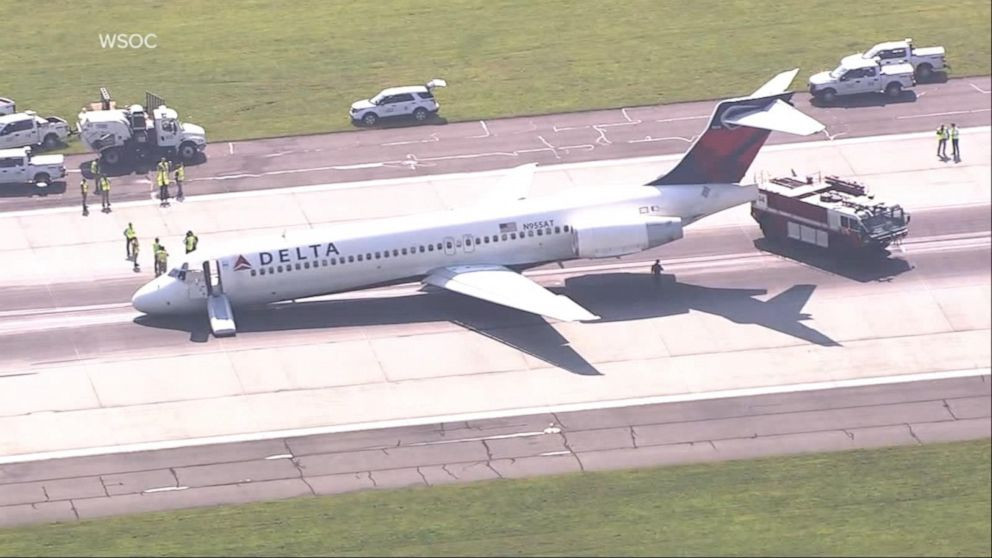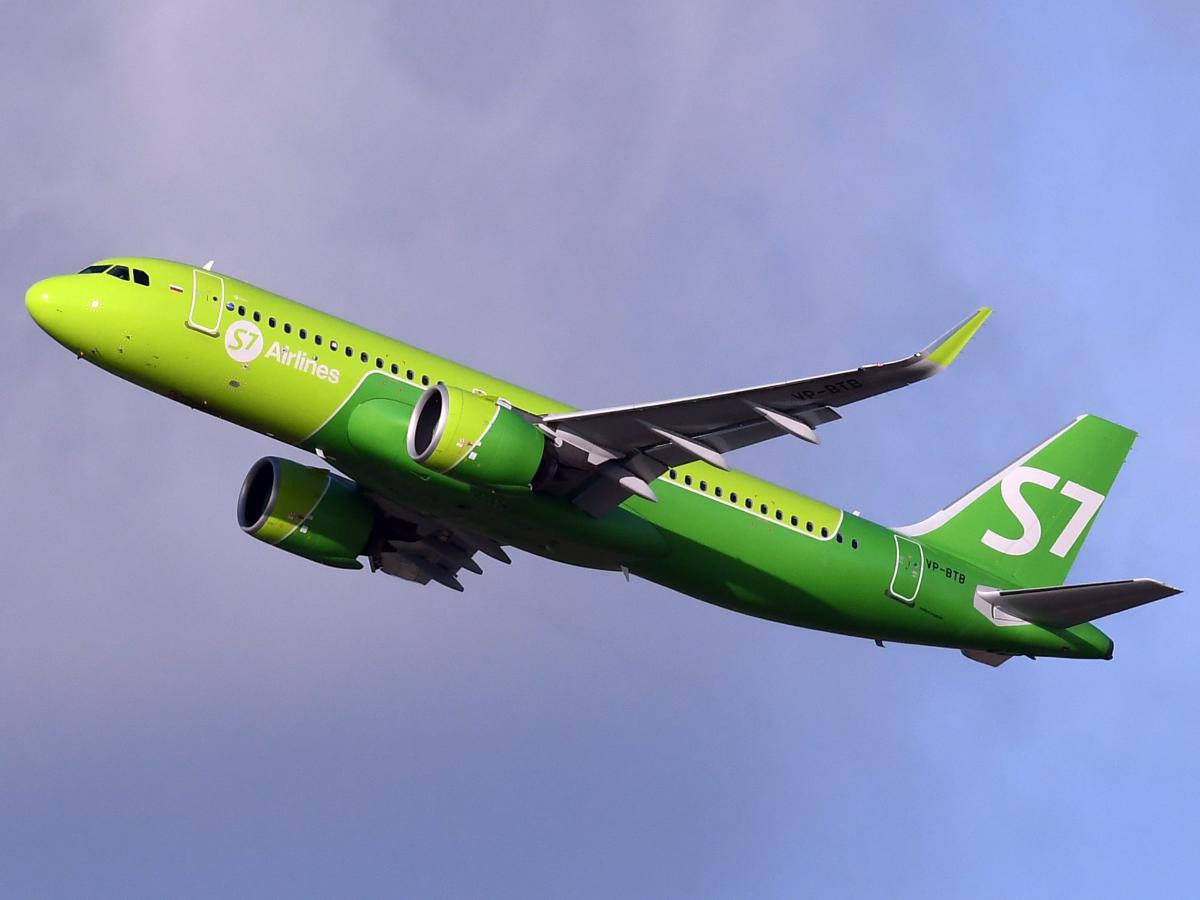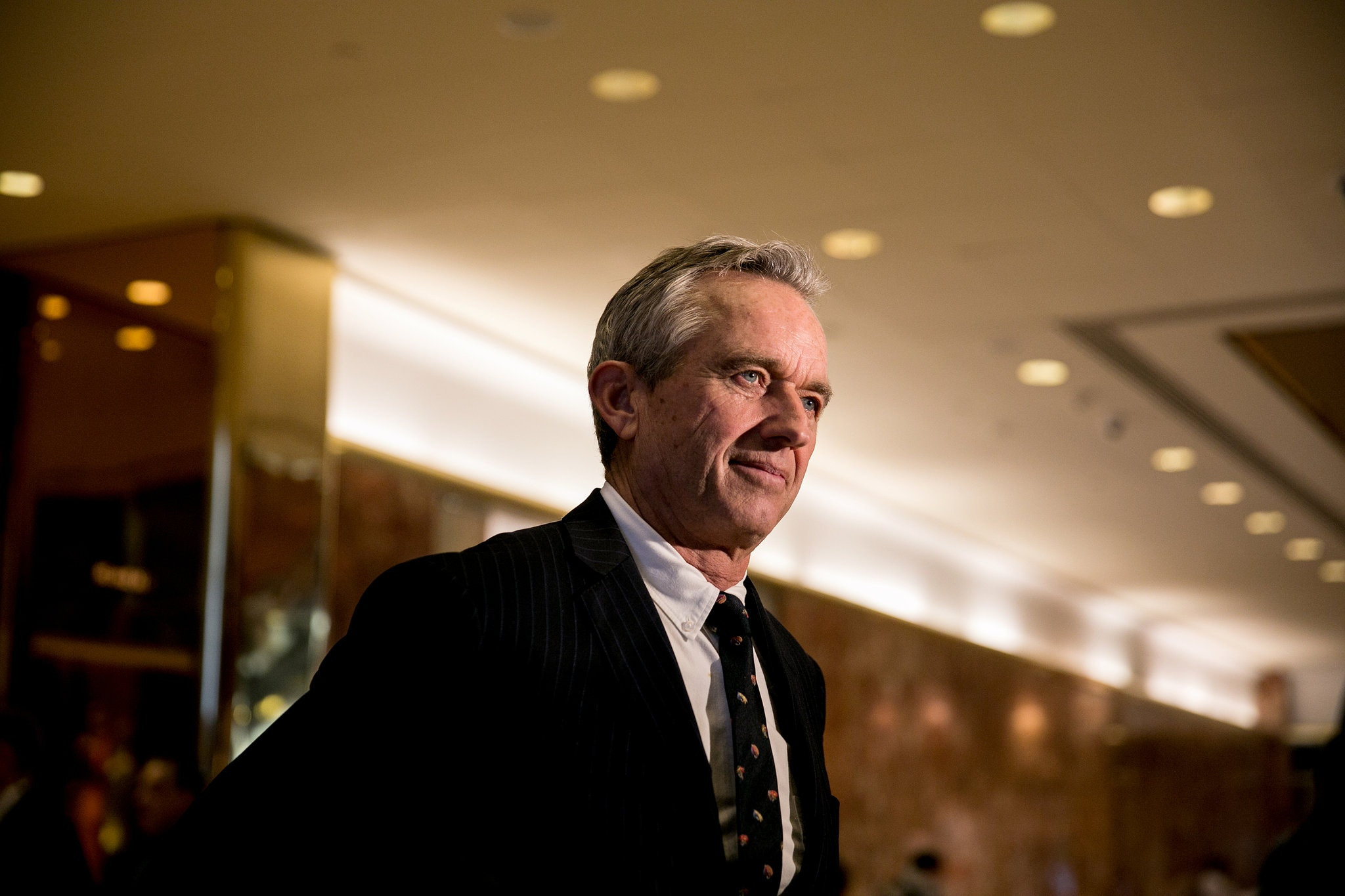A Scandinavian Airlines flight from Oslo to Málaga was unexpectedly diverted to Copenhagen after a mouse was found in a passenger's meal tray, prompting safety concerns onboard. The incident occurred on Wednesday, and according to the airline, the diversion was due to strict regulations that prohibit rodents on flights, as they can pose serious risks, such as damaging electrical wiring.
The mouse was discovered when a passenger opened their meal tray, sparking alarm among travellers. Jarle Borrestad, a fellow passenger, took to social media, sharing that the rodent leapt out of the tray, unsettling those nearby. In response, the pilot made the decision to land in Copenhagen, where passengers were transferred to another flight to complete their journey to Málaga.
Scandinavian Airlines emphasised that such occurrences are exceptionally rare, and assured the public that established protocols for dealing with rodents were followed. "This is something that happens extremely rarely," a spokesperson said, adding that a thorough review with the airline’s suppliers was underway to prevent future incidents.
While this event stands out due to the presence of a rodent, similar instances of animals causing disruptions on flights have occurred in the past. In 2019, an Air India flight from Hyderabad to Vishakapatman was delayed for 12 hours after a rat was spotted in the cabin shortly before takeoff. Similarly, in 2017, a flight from London to San Francisco was delayed after a mouse was seen on the plane.
Although such situations are rare, airlines take them seriously due to the potential safety risks posed by animals, especially when it comes to the possibility of damage to critical flight systems. Scandinavian Airlines has pledged to implement further checks to avoid such issues in the future.
Meanwhile, the fate of the mouse remained unclear, but no further disruptions were reported after the flight change.
Why Do Rodents Pose a Safety Risk?
Rodents, like mice and rats, can be a serious safety hazard on airplanes for several reasons:
-
Electrical Damage: Rodents can chew through electrical wiring, potentially causing short circuits, fires, or even loss of control of the aircraft.
-
Structural Damage: Rodents can also chew through aircraft insulation and other materials, weakening the structure of the aircraft.
-
Contamination: Rodents can spread diseases and contaminate food supplies, posing a health risk to passengers and crew.
Airlines have strict policies in place to prevent rodents from entering the cabin, including thorough inspections and pest control measures. However, despite these efforts, the presence of rodents on aircraft remains a concern, as demonstrated by the recent incident with the Scandinavian Airlines flight.
Airline Response and Future Measures
Following the incident, Scandinavian Airlines took the following steps:
-
Emergency Landing: The airline promptly diverted the flight to Copenhagen as a precautionary measure, ensuring passenger safety.
-
Passenger Transfer: Passengers were swiftly transferred to a different flight to continue their journey to Málaga.
-
Supplier Review: Scandinavian Airlines announced that they would conduct a review of their in-flight meal suppliers to determine how the mouse got on board and prevent similar occurrences in the future.
-
Safety Protocols: The airline reassured the public that they have established protocols in place for dealing with rodents and that these protocols were followed during the incident.
Conclusion: A Reminder of the Importance of Safety
The incident with the mouse on board the Scandinavian Airlines flight serves as a reminder of the importance of maintaining high safety standards in the aviation industry. Even seemingly insignificant occurrences like a rodent in the cabin can pose serious risks, and airlines must take every measure to mitigate these risks. The response of Scandinavian Airlines, with its prompt emergency landing, passenger transfer, and supplier review, demonstrates the airline's commitment to the safety of its passengers and crew. This incident also highlights the need for ongoing vigilance and continuous improvement of safety protocols in the aviation sector to prevent similar incidents from occurring in the future.
While the experience may have been unexpected and unsettling for passengers, it ultimately underscores the importance of strict safety measures in the aviation industry. Airlines will continue to implement rigorous protocols and procedures to ensure the safety and well-being of everyone on board, with the ultimate goal of providing a secure and enjoyable travel experience for all.


















